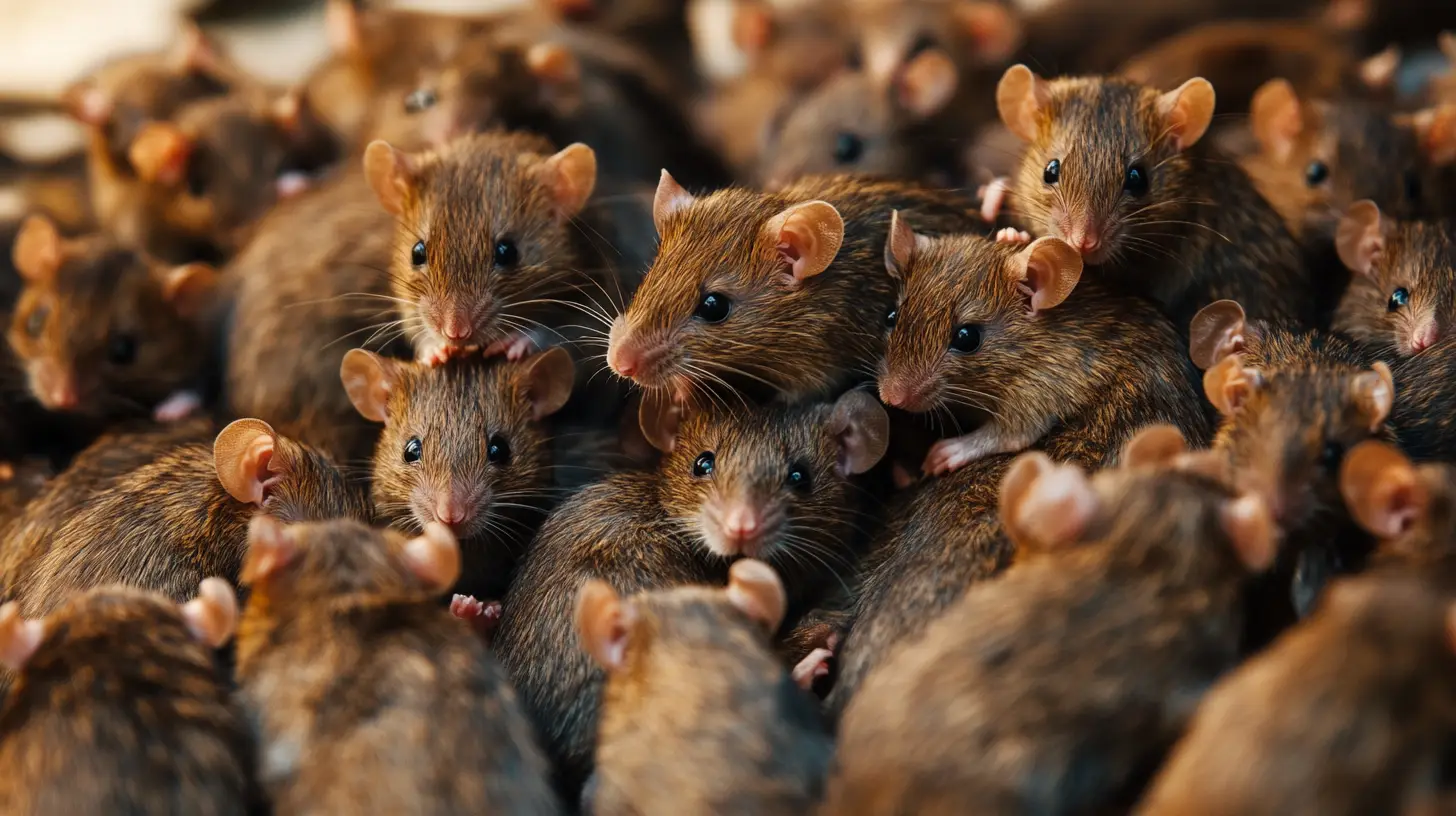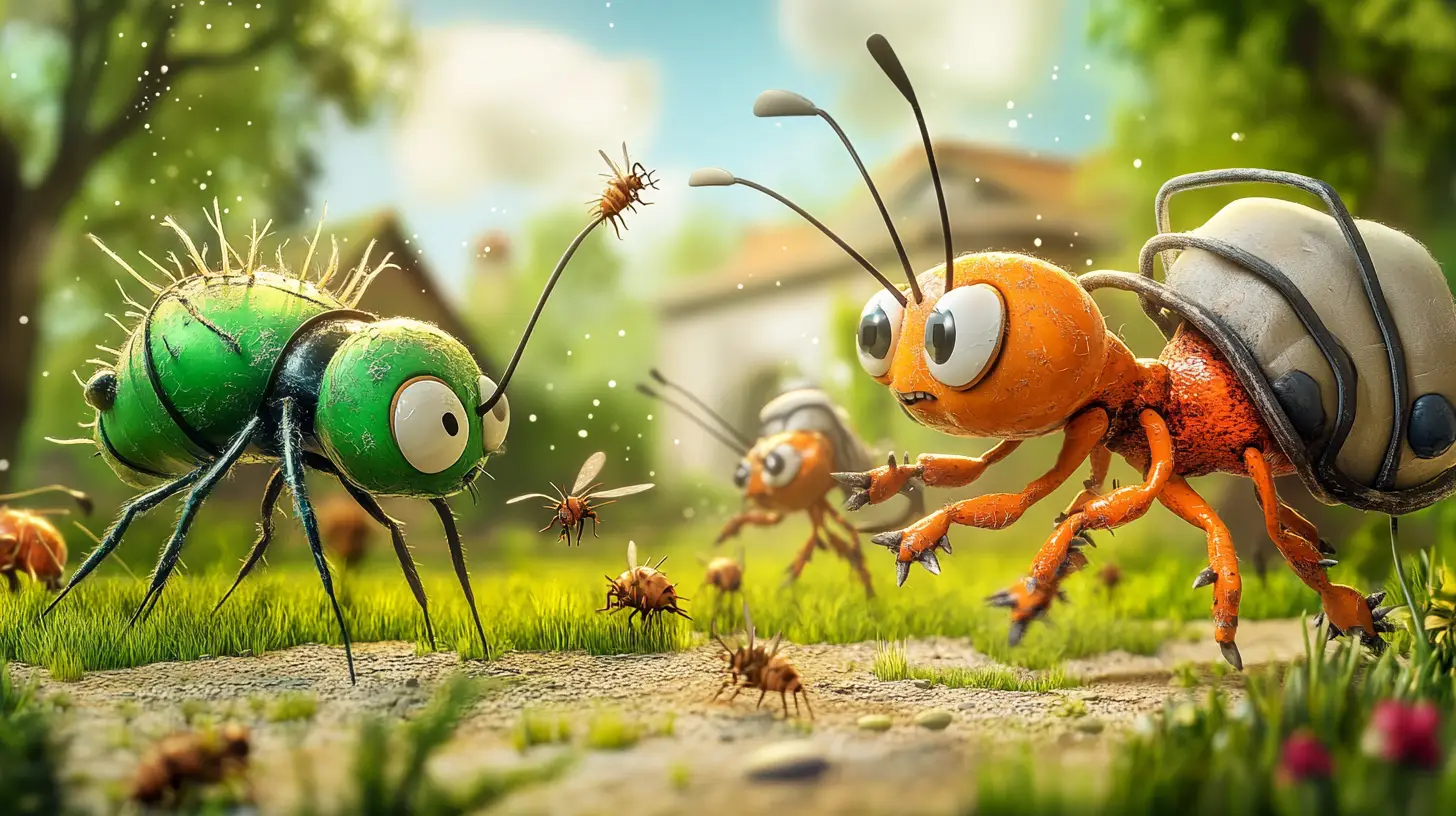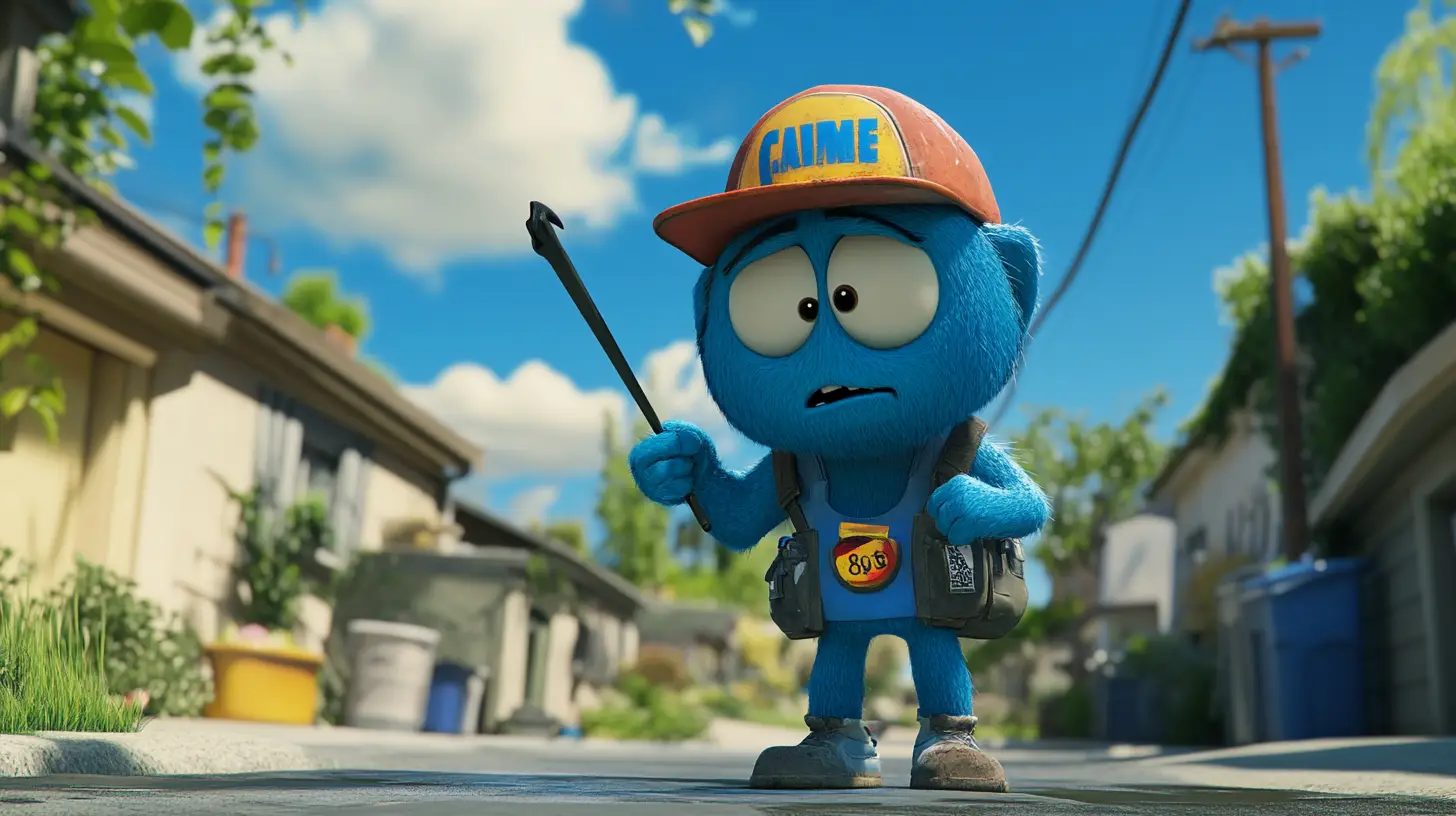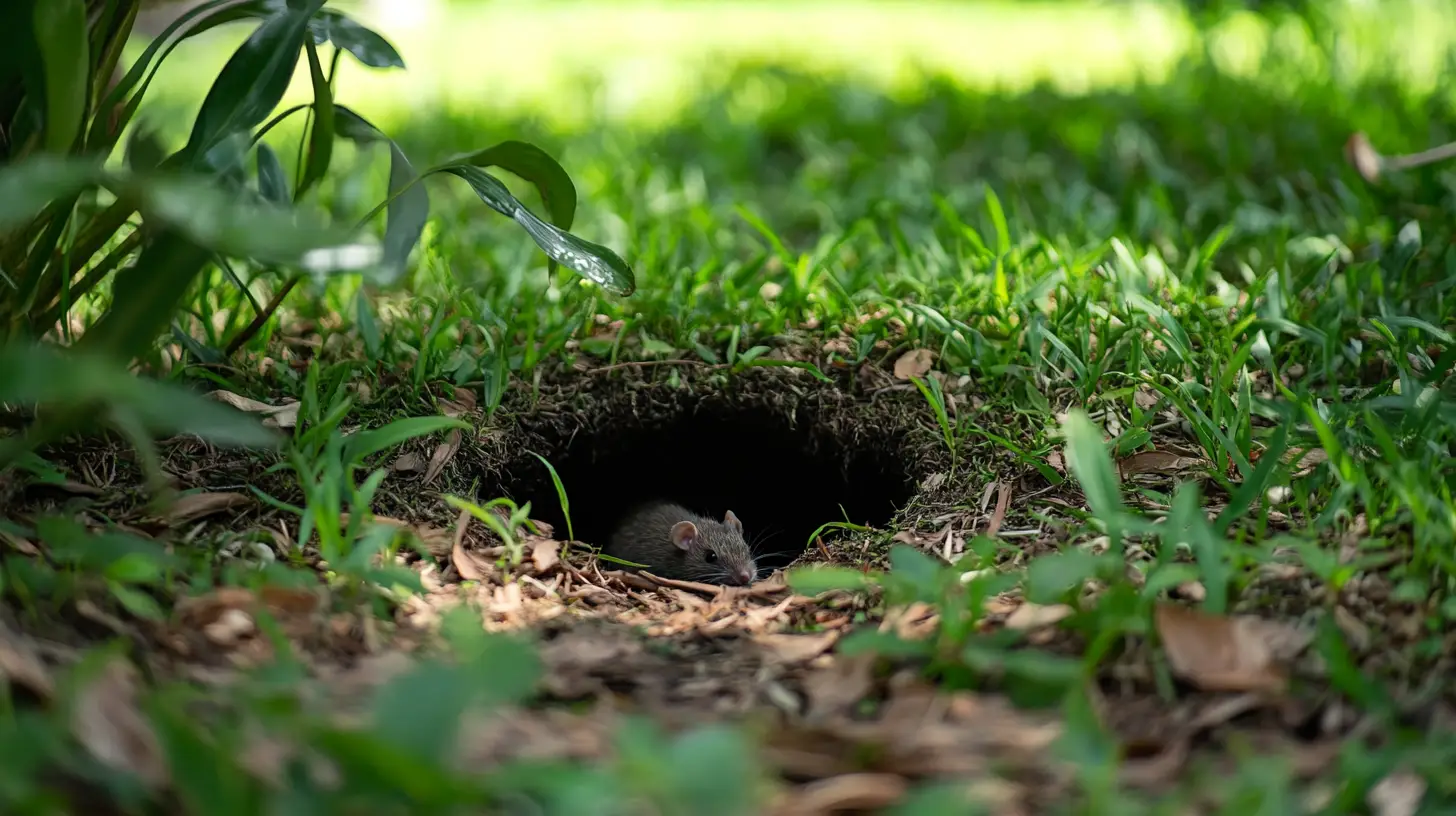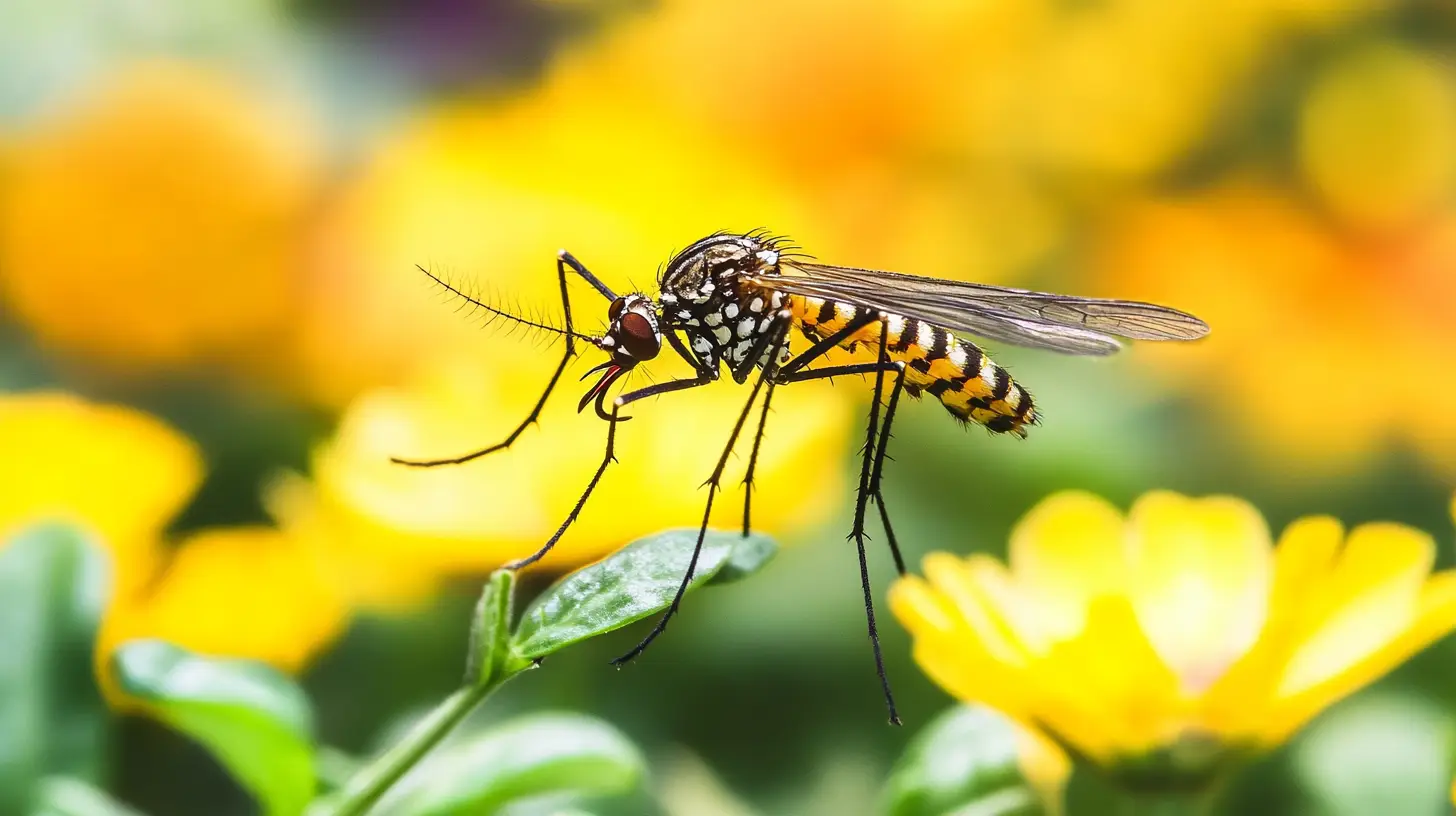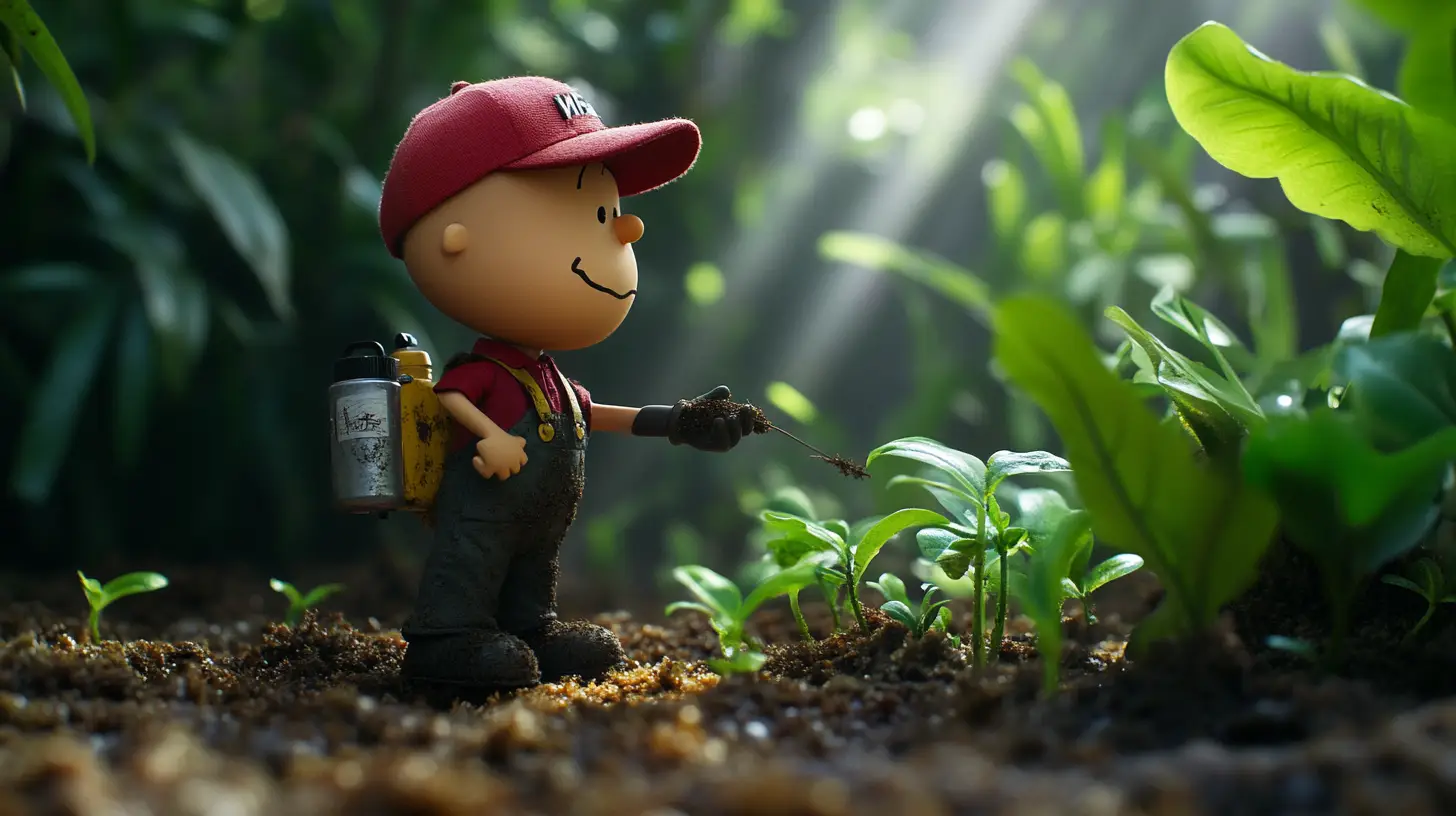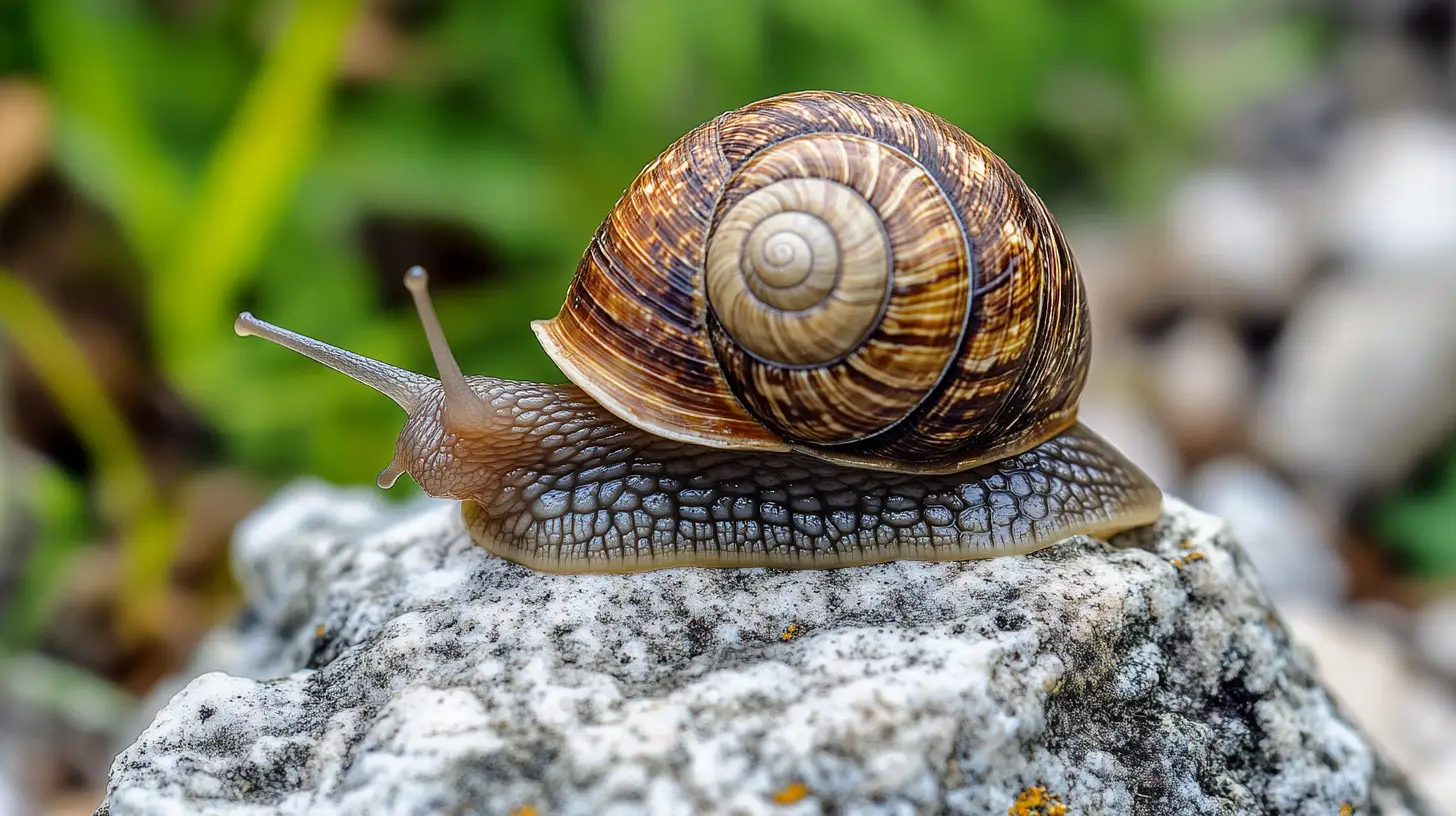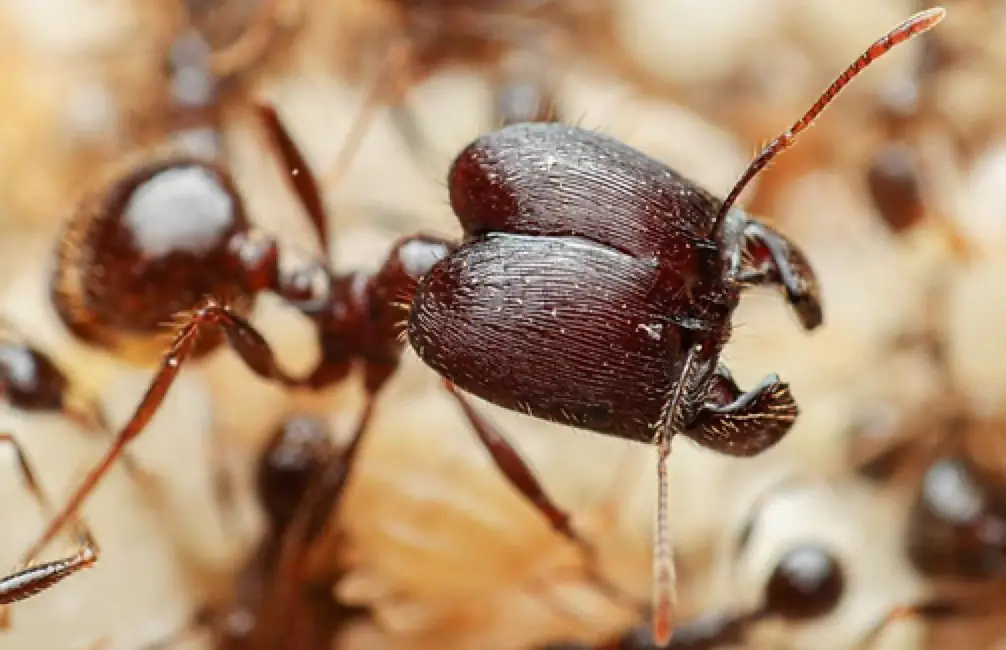
Table of Contents
Ever noticed tiny ants with strangely oversized heads trailing through your yard or even sneaking into your home? These might be big-headed ants, an invasive species that has made Southwest Florida one of its favorite habitats. With their ability to form supercolonies and build nests in anything from garden soil to pavement cracks, big-headed ants are more than just a nuisance—they can displace native species, damage your lawn, and invade your home in search of food. But what makes them so difficult to control? Their colonies have multiple queens, which means eliminating one nest often leads to new ones popping up nearby.
Not only are these big-headed ants fierce competitors in the wild, but they’re also sugar lovers, constantly on the hunt for anything sweet, including honeydew produced by aphids in your garden. They’re nocturnal foragers, making it easy for them to go unnoticed until their colonies are firmly established. So, how do you get rid of big-headed ants before they take over your home and yard? In this post, we’ll explore their habits, their impact on the local ecosystem, and most importantly, the best strategies for eliminating these persistent invaders in Lakewood Ranch, FL.
Key Takeaways
- Identification is Key: Recognizing big headed ants, with their distinct trails and mounds, is the first step to addressing infestations effectively.
- Understand Ant Behavior: Knowledge of these ants’ behavior and habitat preferences is crucial in implementing successful control strategies.
- Preventive Measures: Reduce food attractants and seal potential entry points to deter ants from entering your home and forming colonies.
- Effective Treatments: Employ baiting techniques and non-repellent insecticide sprays to target and eliminate colonies without causing environmental harm.
- Outdoor Management: Treat outdoor areas like soil and mulch to prevent colony expansion into residential and agricultural spaces.
Understanding Big-Headed Ants
Big-headed ants (Pheidole megacephala) are a unique and invasive species that have become a significant pest problem in Southwest Florida. As their name suggests, these ants are easily recognizable by the large heads of their soldier caste, which they use for defense and breaking down food. However, the majority of the colony consists of smaller worker ants, which handle foraging and nest-building. Originally from sub-Saharan Africa, big-headed ants have spread to tropical and subtropical regions around the world, including Florida, where the warm, humid climate allows them to thrive.
One of the reasons big-headed ants are so problematic is their ability to form supercolonies with multiple queens. This enables them to spread quickly and establish multiple nests across wide areas, making them extremely difficult to control. They are highly competitive with other ant species, often displacing native ants and disrupting the local ecosystem. Their nests can be found in a variety of locations, including lawns, gardens, under rocks, and even inside homes. These ants are omnivores, feeding on everything from insects to seeds to human food scraps, which makes them highly adaptable and capable of thriving in diverse environments.
Understanding the behavior and nesting habits of big-headed ants is key to successfully managing infestations. Their preference for sugary foods, particularly the honeydew produced by aphids, can lead to increased garden pest issues, as they protect aphids from natural predators. Due to their nocturnal foraging habits, they often go unnoticed until their colonies become well established, making early detection and targeted treatments crucial for effective control.
Identifying a Big Headed Ant Infestation
Spotting a big-headed ant infestation early can be tricky due to their nocturnal foraging habits and the often hidden locations of their nests. However, there are several signs to look for if you suspect these invasive ants have taken up residence in your yard or home.
One of the most recognizable features of a big-headed ant infestation is the presence of two distinct ant sizes: large-headed soldiers and much smaller workers. The soldiers have oversized heads, which they use to defend the colony and break down food, while the smaller workers are responsible for foraging and nest building. If you see these two castes of ants in the same area, it’s a strong indicator of a big-headed ant colony nearby.
You may also notice soil mounds or small piles of displaced earth in your lawn, garden, or around paving stones, as big-headed ants create extensive underground nests. Their nests are often found in moist soil, under rocks, along sidewalks, or even inside cracks in your home’s foundation. Indoors, they are drawn to areas with food, particularly sweets and greasy foods, and you may see trails of ants leading to kitchens or pantries.
Another sign of infestation is their relationship with aphids. If you have a garden and notice a surge in aphid populations, it could be due to big-headed ants protecting these insects in exchange for honeydew, a sugary substance that aphids produce. Keeping an eye on these signs can help you identify a big-headed ant infestation before it becomes a serious problem.get rid of big-headed ants
Treatment Options for Big-Headed Ants
To effectively get rid of big-headed ants, especially in areas like Lakewood Ranch, a comprehensive control approach is crucial. Understanding their behavior and habitat preferences aids in implementing successful strategies.
- Identification and Locating Nests: Properly identifying big headed ants and finding their nests is essential. Look for trails leading to soil, under rocks, logs, or wall gaps. Accurately tracking these ants significantly enhances control efforts.
- Remove Attractants: Reducing food sources deters these ants from invading your space. Store food in sealed containers, clean up crumbs, and manage pet food properly. Keeping the surrounding area clean limits their incentive to nest indoors.
- Seal Entry Points: Closing off access points into your home prevents infestations. Inspect for cracks in doors, windows, and foundations. Use materials like caulk or weatherstripping to seal these gaps, creating a barrier against ants.
- Baiting: Placing ant baits designed for big headed ants near trails and nest sites is effective. These baits lure ants to carry poison back, eradicating the queen and colony without harming the environment. Regular monitoring increases the success rate.
- Liquid Insecticide Sprays: Applying non-repellent residual insecticide around your home’s perimeter targets potential entry points. Indoors, choose sprays specifically labeled for ants to avoid scattering. This method ensures control of populations entering your living space.
- Outdoor Treatment: Focus outdoor efforts on treating soil, mulch, and areas like under rocks where nests commonly occur. Recognizing and disrupting colonies at these sites prevents expansion into nearby residences and agricultural environments.
Effective Methods to Eliminate Big Headed Ants
Once you’ve identified a big-headed ant infestation, it’s crucial to take immediate steps to control and eliminate these persistent invaders. Due to their ability to form supercolonies with multiple queens, big-headed ants can spread rapidly, and simply removing one nest won’t be enough to stop them. Here are some of the most effective methods to get rid of big-headed ants:
1. Baiting with Slow-Acting Insecticides
Baiting is one of the most effective ways to control big-headed ants. These ants are attracted to sweet and protein-based baits, which can be placed in key areas where you’ve noticed ant activity. Using slow-acting insecticide baits allows the worker ants to carry the bait back to the colony, where it will eventually be shared with the queens and the rest of the ants, leading to colony-wide elimination. It’s important to use baits specifically labeled for big-headed ants to ensure effectiveness.
2. Treating Nests Directly
For more localized infestations, directly treating visible nests can be a good strategy. Insecticide sprays or dusts can be applied to the nest entrances, targeting the ants at their source. Since big-headed ants tend to build nests in soil, under rocks, or in cracks, be sure to thoroughly inspect areas like garden beds, mulch piles, and cracks in pavement where these ants are likely to establish colonies.
3. Preventing Aphid Infestations
Big-headed ants often farm aphids for their sugary honeydew, which can lead to increased ant activity in gardens. By controlling aphid populations on your plants, you can reduce one of the ants’ main food sources and discourage their presence. Consider using natural predators like ladybugs or applying organic pest control sprays to manage aphid infestations in your yard.
4. Sealing Entry Points
If big-headed ants have made their way indoors, it’s essential to seal any cracks or openings they might be using to access your home. Look for small gaps around windows, doors, and utility lines, and use caulk or weatherstripping to close them off. Reducing indoor food sources by keeping areas clean, storing food in sealed containers, and quickly cleaning up spills can also help prevent future infestations.
5. Professional Pest Control
Because of their complex nesting structure and ability to form multiple colonies, professional pest control is often the most effective solution for a severe infestation. At Lakewood Ranch Pest Control, our experts can assess the extent of the infestation and use specialized treatments, including targeted baits, sprays, and perimeter barriers, to ensure long-term control.
Combining these methods will give you the best chance of successfully eliminating big-headed ants and preventing them from returning in Lakewood Ranch, FL!
Frequently Asked Questions (FAQs)
What are big-headed ants, and where are they from?
Big-headed ants, scientifically known as Pheidole megacephala, originate from Mauritius. They are now widespread in tropical and subtropical regions, including south Florida. Known for their invasive nature, these ants are a major threat to native ant species and local ecosystems.
How do big-headed ants form supercolonies?
Big-headed ants form supercolonies with multiple queens, which allows for rapid expansion. This unique reproductive strategy makes them especially difficult to control, as each queen can establish new sub-colonies, spreading the infestation over large areas.
What signs indicate a big-headed ant infestation?
Signs of infestation include straight-line ant trails, small mounds of earth near nest entrances, and plant damage in gardens. Indoors, these ants are often found in kitchens or pantries, signaling a potential infestation that needs immediate attention.
How do I manage big-headed ant infestations?
Managing infestations involves identifying nests, reducing food sources, and sealing entry points. Use ant baits designed for big-headed ants and apply non-repellent residual insecticides around the home’s perimeter. Outdoor treatments should target soil and mulch areas to disrupt colonies.
Why are big-headed ants a threat to ecosystems?
Big-headed ants outcompete native ant species, disrupting local ecosystems and altering biodiversity. Their presence can significantly affect the balance of native flora and fauna, making it crucial to manage and eliminate these invasive pests effectively.
Do big-headed ants cause structural damage?
While big-headed ants do not cause significant structural damage, their presence indoors is a nuisance. They primarily invade in search of food and water, leading to potential contamination of food sources in kitchens and pantries.
What attracts big-headed ants to homes?
Big-headed ants are attracted to homes by food sources. They are omnivores, feeding on insects and other arthropods. Once inside, they are drawn to readily available food in kitchens and pantries, entering through cracks and open windows.
How do I identify big-headed ants?
Big-headed ants are characterized by their dimorphic worker castes: major workers with oversized heads for colony defense and minor workers focused on foraging. They often form straight-line trails leading from nests to food sources and are commonly found in gardens.

